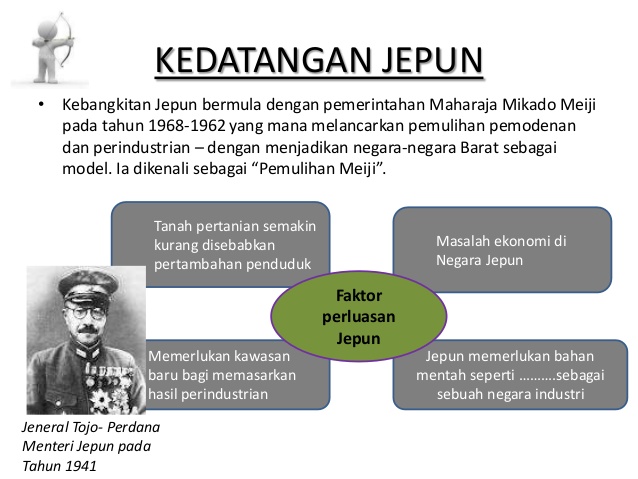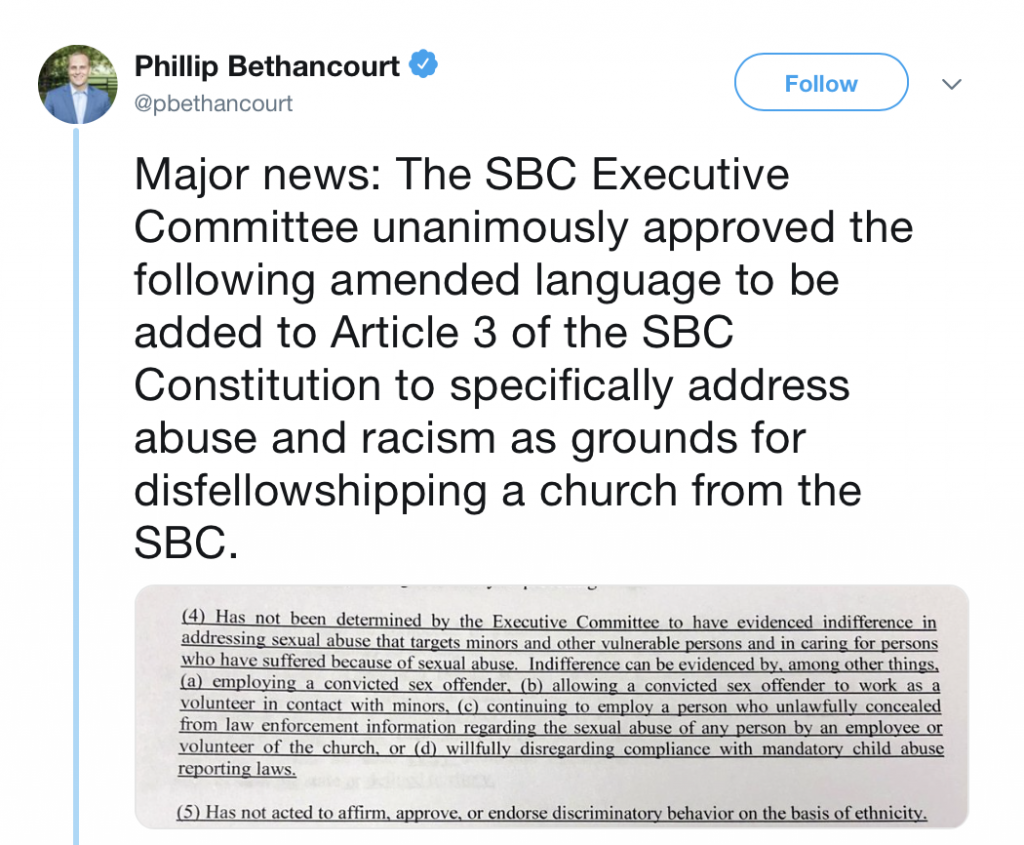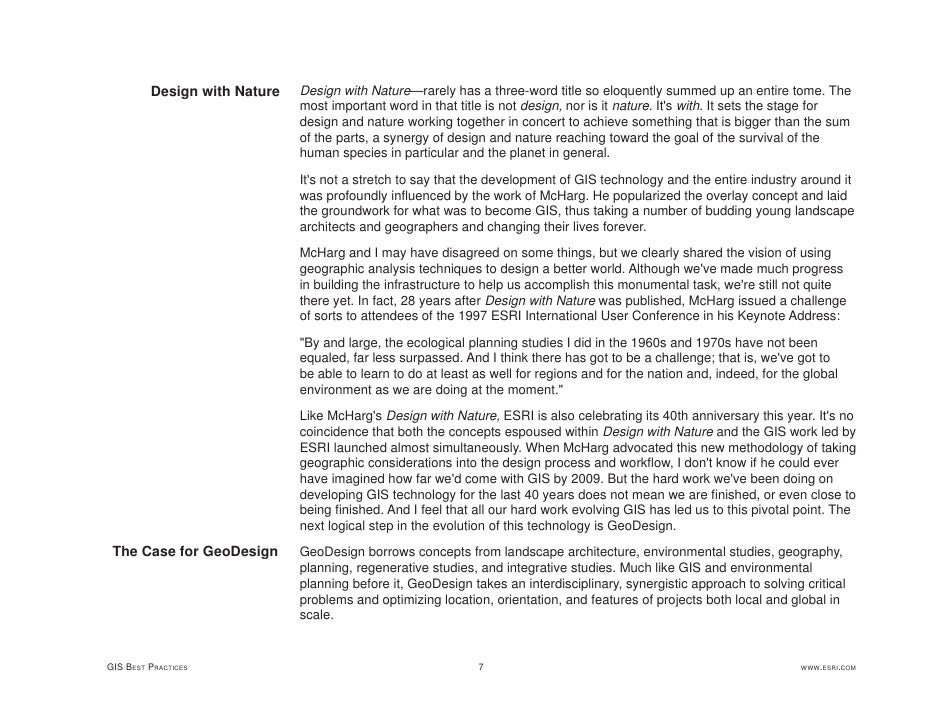Resorption: part 1. Pathology, classification and.
Alveolar bone is one of three tissues that support the tooth; the other two are the periodontal ligament and the cementum. Alveolar bone is formed by intramembranous bone formation during the formation of the mandible and maxilla. Alveolar bone actually consists of two components (Fig. 11.7).The first is the alveolar process of the two jaws, the maxilla, and mandible.Bone resorption is resorption of bone tissue, that is, the process by which osteoclasts break down the tissue in bones and release the minerals, resulting in a transfer of calcium from bone tissue to the blood. The osteoclasts are multi-nucleated cells that contain numerous mitochondria and lysosomes.These are the cells responsible for the resorption of bone.The reduction of buccolingual and apical-coronal dimensions of the alveolar crest after dental extraction is a consequence of the bone resorption explained by Wolff's law, which predicts the.
Alveolar Bone Loss: Introduction. Alveolar Bone Loss: Loss of bone tissue in the thickened bone ridge that holds the tooth sockets. Gum disease is the main cause of alveolar bone loss. More detailed information about the symptoms, causes, and treatments of Alveolar Bone Loss is available below. Symptoms of Alveolar Bone Loss.Resorption level of edentulous alveolar bone in normal, osteopenia and osteoporosis postmenopausal women. shown on Figure 5. The moderate resorption level was the most frequently found in normal and osteopenia postmenopausal women, while the highest frequency in osteoporosis postmenopausal women was the high resorption level.

Pathognomonic of inflammatory resorption is that the alveolar bone adjacent to the tooth defect is also resorbed. 100 However, pulpal involvement associated with these lesions does not appear to be associated with development of radiographically detectable periapical lucencies. 68 Tooth resorption that emerges at the gingival margin often appears small clinically but may exhibit advanced.












